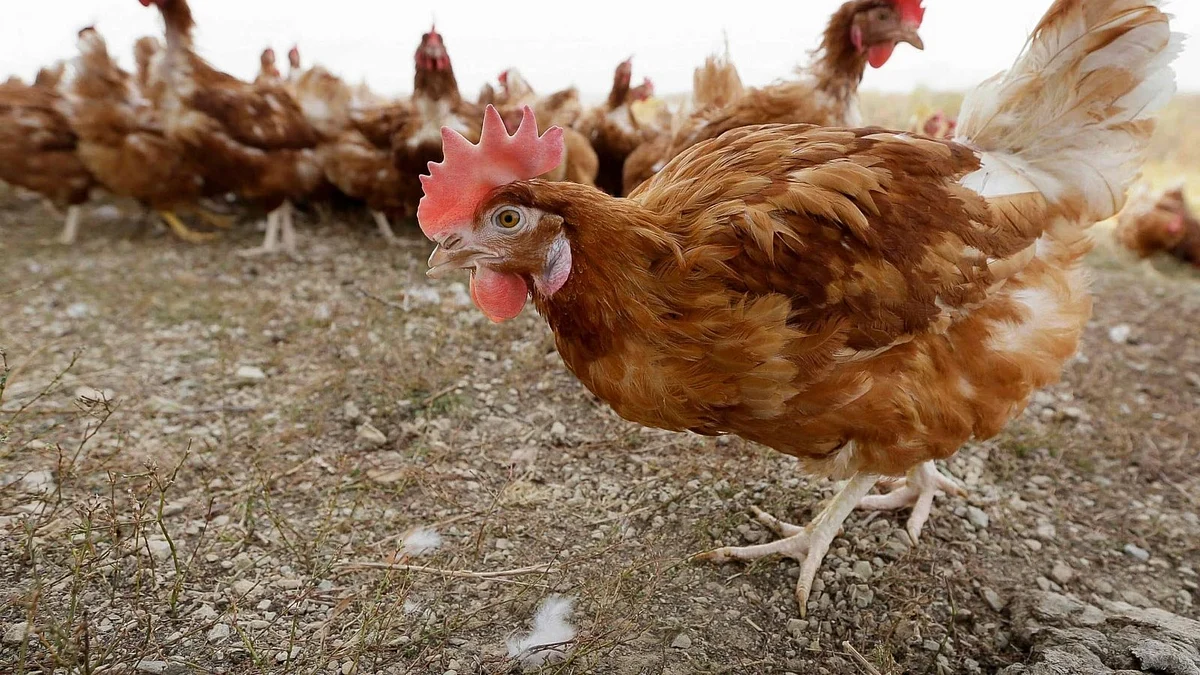Bird Flu: Everything About Its Origin, Risk Factors & More
Bird flu, also called avian influenza, is a viral infection that can infect birds, animals, and humans.

Bird flu is caused by the influenza Type A virus. It is a type of virus that causes infection in the respiratory system. These viruses are naturally found among birds and can infect poultry and other birds and animal species.
Bird flu does not normally infect humans; however, it occurs in a lower percentage. According to reports, bird flu is 100 times more dangerous than Covid-19 as it could lead to a high fatality rate.
About bird flu
A viral respiratory disease (bird flu) can be seen mostly in poultry and migratory waterbirds and can be directly or indirectly transmitted to humans. Recent research on flu tells that humans can also infected by pigs.
Bird flu, also known as avian influenza, is divided into two parts based on their pathogenicity. Pathogen means any organism which can produce disease.
Avian influenza is divided into high pathogenicity and low pathogenicity. H5N1 is the most common virus found in humans and can cause illness in other species as well.
History of bird flu
According to the World Health Organization (WHO), since 2003, there have been 900 cases identified in humans of bird flu and 52 percent have died from the disease.
Bird flu was initially known as fowl plague and was first detected in 1996 among birds in China. A year later, an outbreak occurred in Hong Kong, resulting in18 human cases, including six deaths.
In 2021, a different version of the same virus was detected in wild birds in the US. The virus also spread to polar bears, red foxes, mountain lions, and many more, as reported by the US Department of Agriculture.
RECENT STORIES
-
-
-
-
-